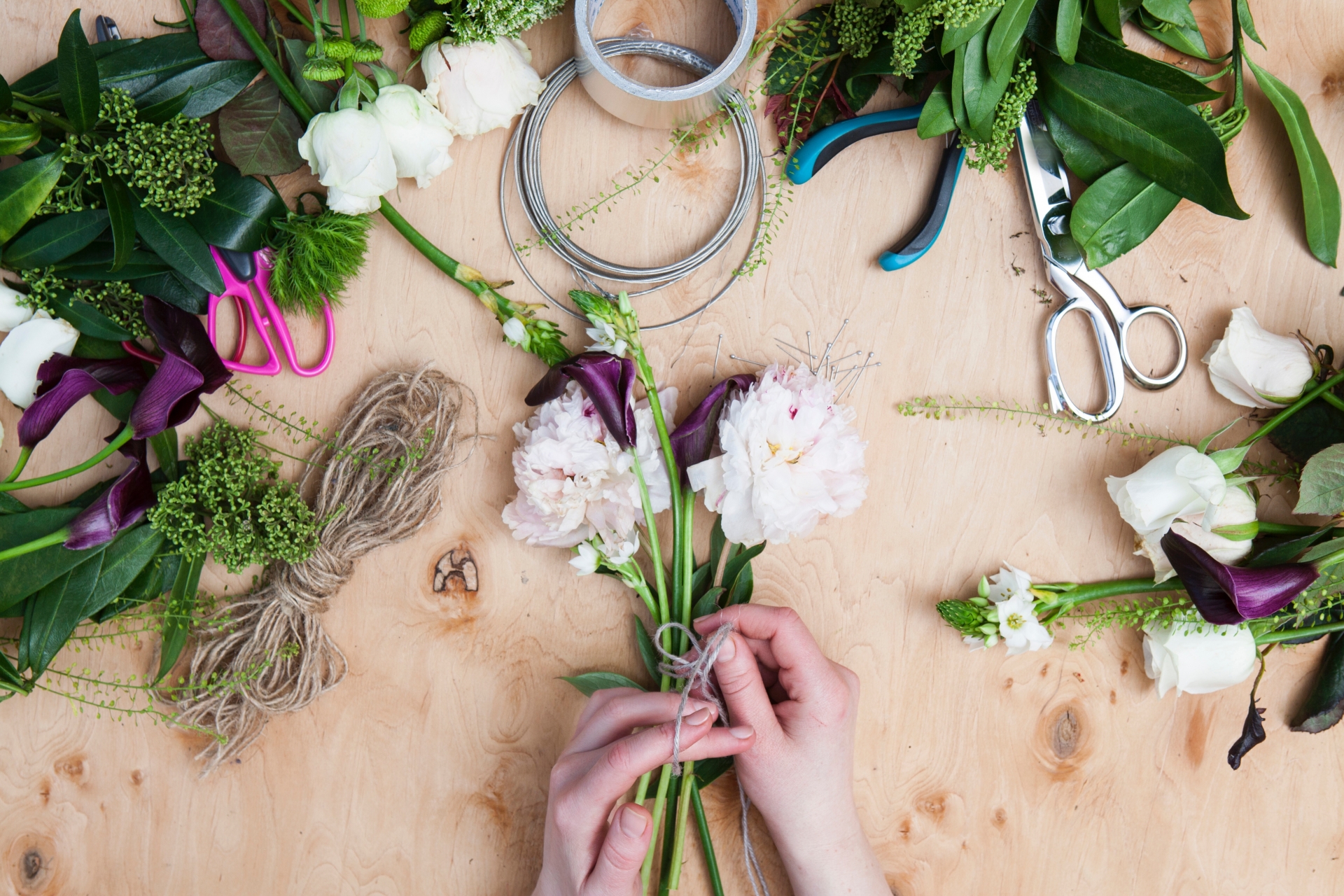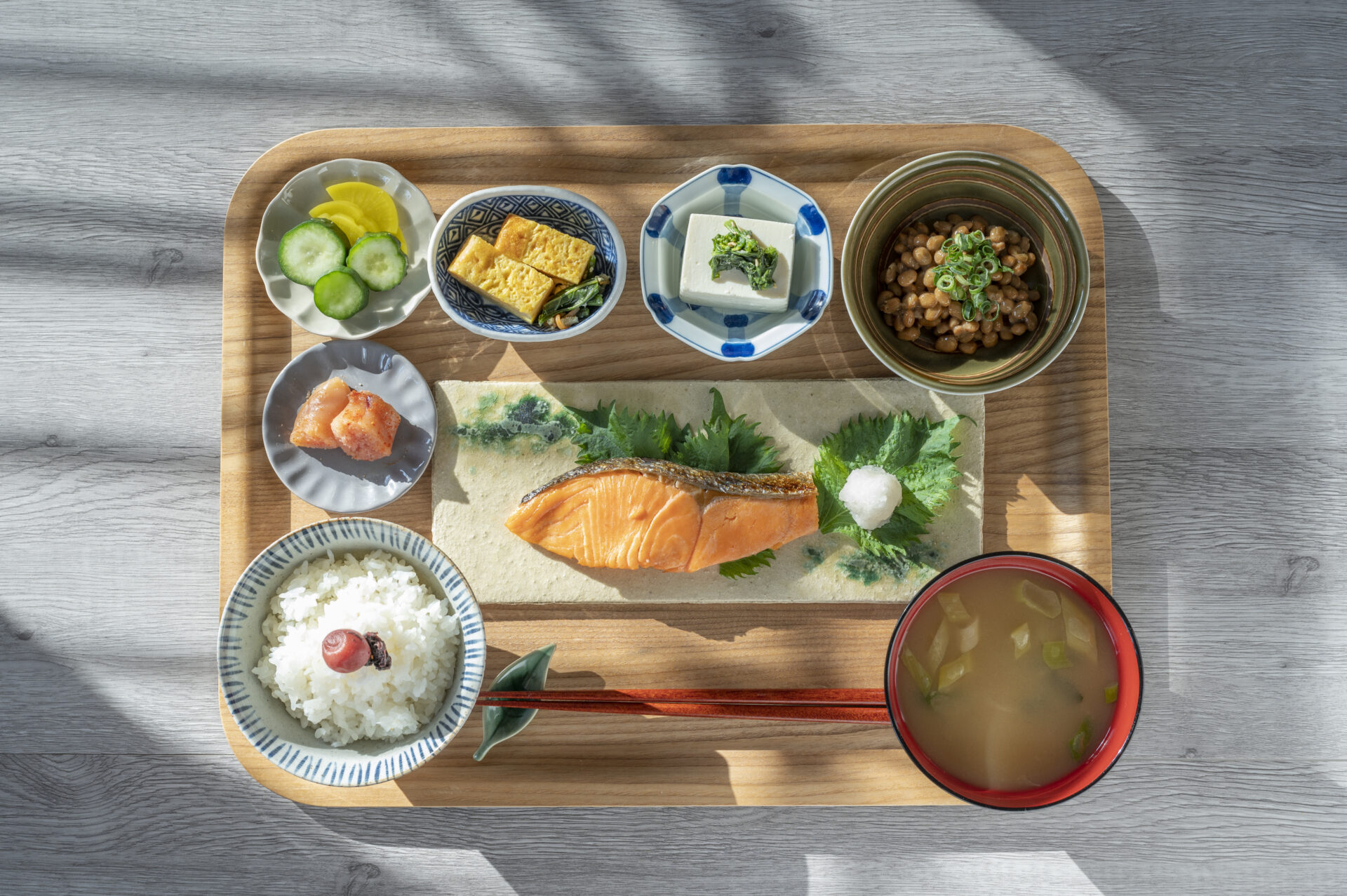
Miho Shimizu is a Japanese freelance writer settled in Shizuoka with her husband and two rabbits. Fascinated with traveling at the age of 18, she has spent most of her long holidays exploring incredible spots around Japan. She also loves to listen to music, draw, and read novels over a cup of green tea.
This post may contain some affiliate links. When you click through and make a purchase we may receive some commission, at no extra cost to you.
At fancy restaurants or traditional Ryokan in Japan, you might have been impressed by beautiful flowers and natural plants arranged in a Japanese style. They are called “Ikebana” (生け花) and are a traditional art of flower arranging which has developed in Japan for over centuries. What exactly is Ikebana? And where and how did this artistic tradition all begin? Here we will help you get clear answers to all these questions about Ikebana!
1. What is Ikebana?
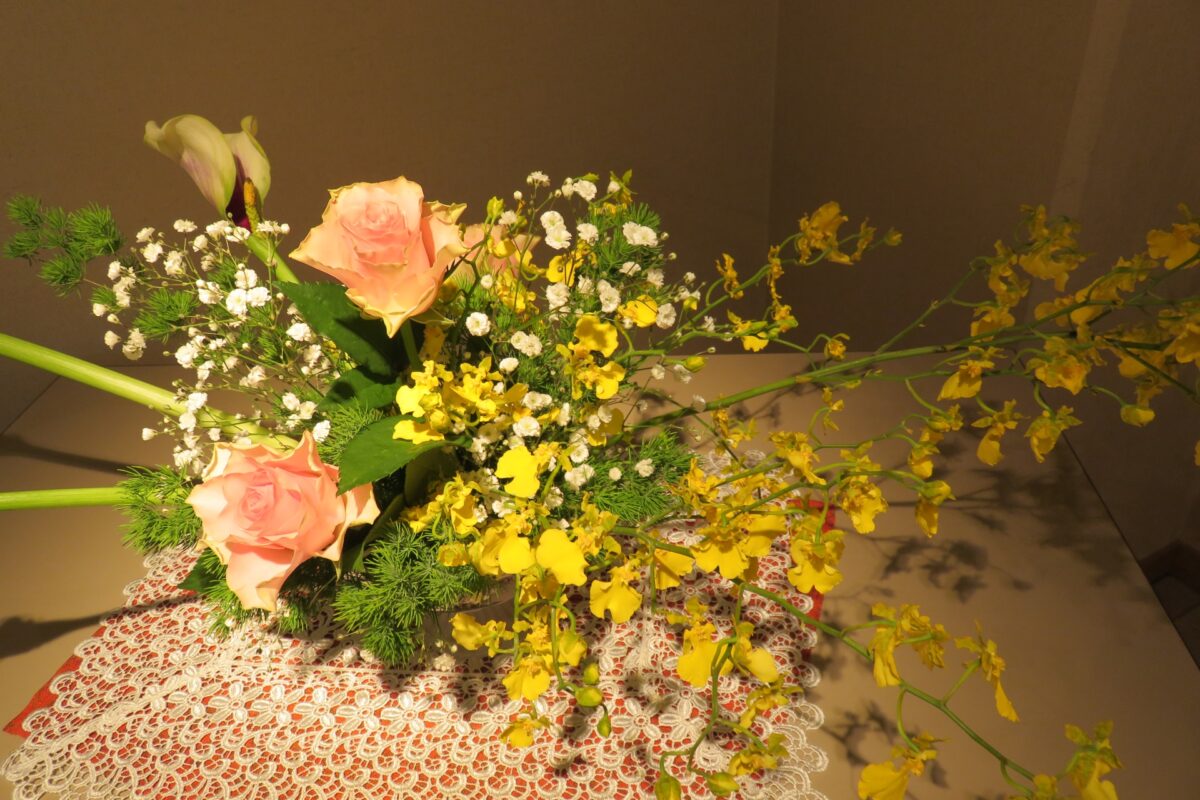
Ikebana (生け花) is the Japanese art of flower arranging which has been a big part of Japanese culture since ancient times. “Ike” (生け) means keeping something alive, while “bana” (花) means flower in Japanese. The aim of Ikebana is not only to appreciate the beauty of plants and flowers but also to learn how to help your mind calm down by arranging living materials in silence. Learning Ikebana also will allow you to feel the seasonal changes by arranging beautiful flowers for each season in a container such as a vase.
Ikebana uses various kinds of living materials, including blossoms, branches, moss, leaves, and even stems. This traditional art is similar to Western-style flower arrangements in many ways, but at the same time, have distinctive features that can’t be found in any other form of flower arrangement in other countries.
2. How is Ikebana Different from Western Style Flower Arrangements?
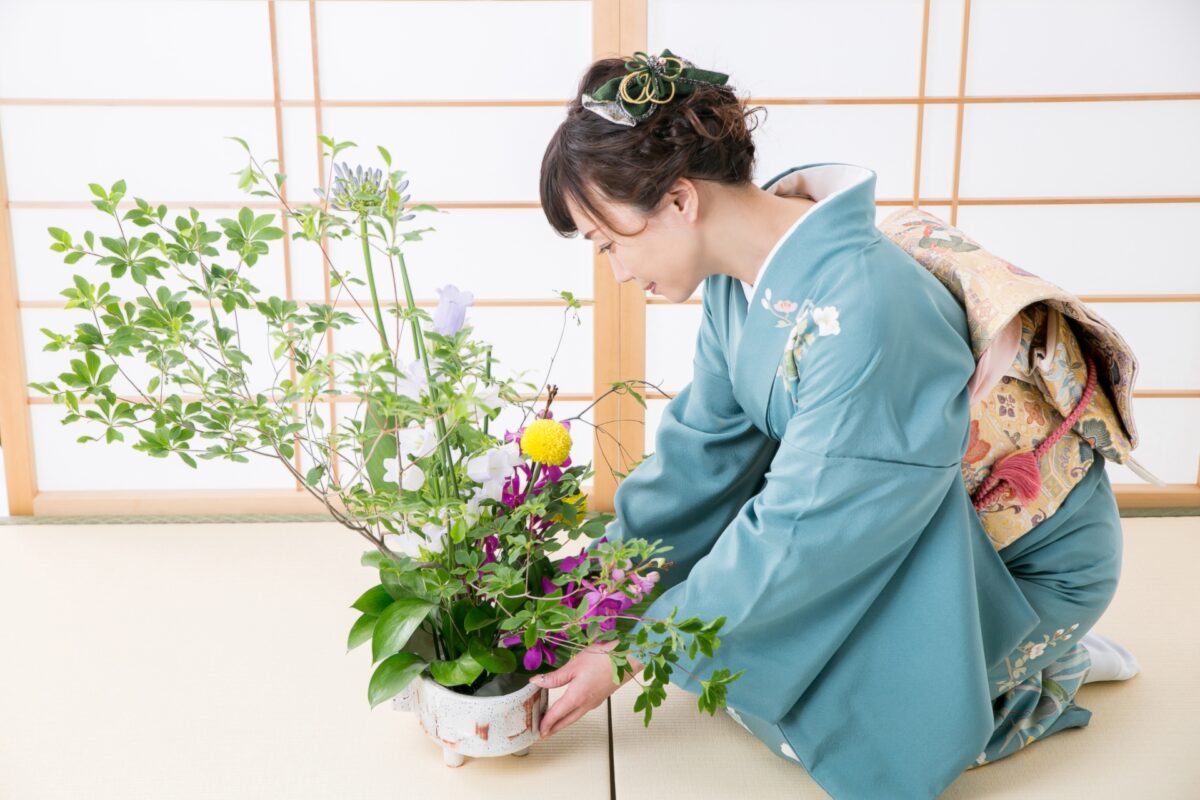
One of the most important features of Ikebana is the importance of emptiness and simplicity. In Ikebana, keeping some space between arranged materials is considered an essential component to make a perfect design. The simplicity of Ikebana is also achieved by using fewer natural materials compared to Western-style flower arrangements. In Western-style flower arrangements, on the other hand, many colors of flowers and plants are typically used to make the arrangement look gorgeous.
Another feature that can be found in Ikebana is how the materials are arranged in a container. In western-style flower arrangements, you need to carefully place the materials so that they can be viewed from all sides and directions. This is not the case for Ikebana, since Ikebana is traditionally designed to be appreciated only from the front.
3. Brief History of Ikebana
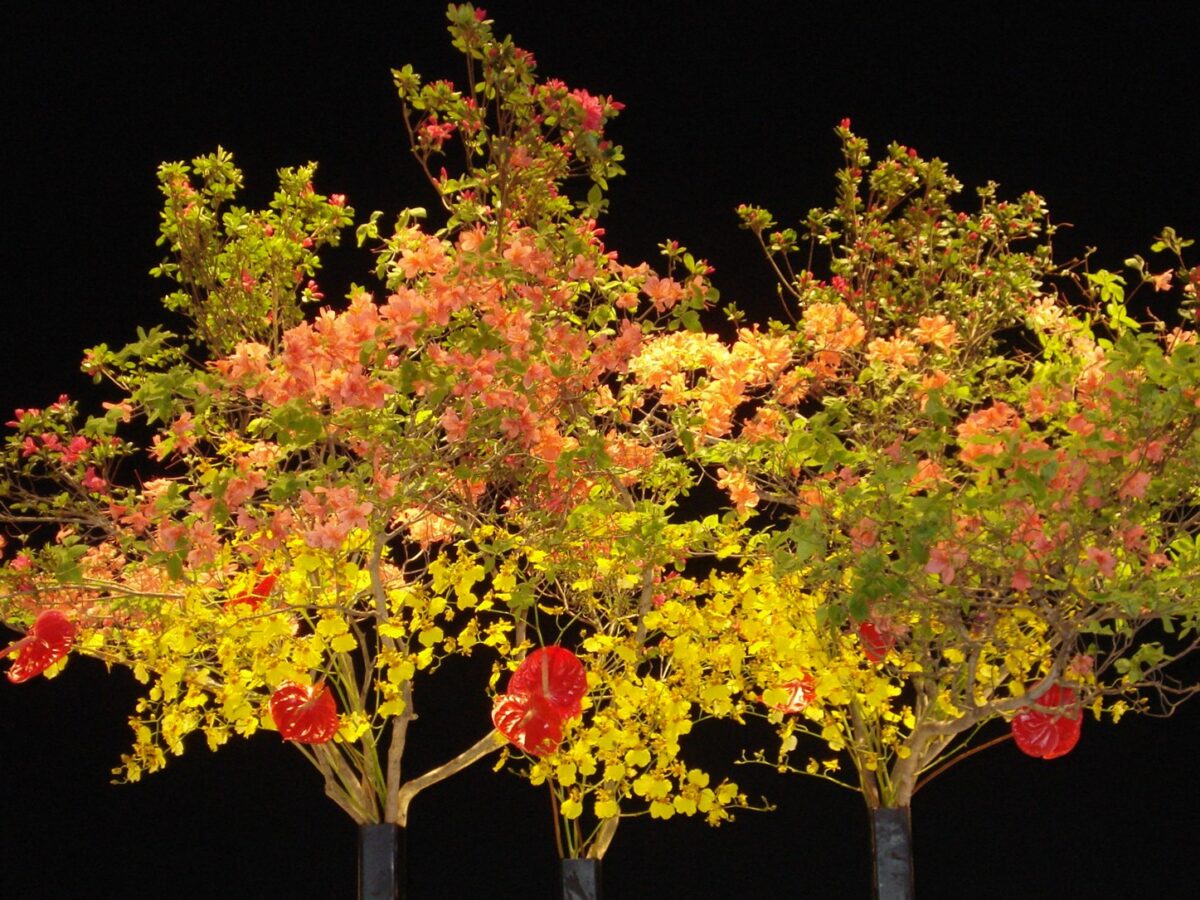
There are several theories about the origin of Ikebana, but some argue that Ikebana was originally brought to Japan along with the introduction of Buddhism from China around the 6th century. It was originally developed as a floral offering that was placed at a Buddhist altar. After it was introduced, Ikebana quickly became popular, especially among the nobles who started to learn and practice it.
Since then, the meaning and form of Ikebana have changed over the years. It is believed that during the Muromachi period (1336 – 1573) that the current style of Ikebana was finally established. Ikenobo (池坊), the first Ikebana school in Japan, was also founded around this time by Ikenobo Senkei (池坊専慶), a Buddhist priest of Rokkaku-dou Temple in Kyoto.
During the time, the traditional Japanese architectural style, known as “Shoin-zukuri” (書院造) in Japanese, was also developed. Ikebana started to be widely displayed as an essential component for Shoin-zukuri rooms along with other traditional artworks such as Kakejiku (hanging scrolls) and Suibokuga (Ink paintings).
4. Ikebana in the Present Day
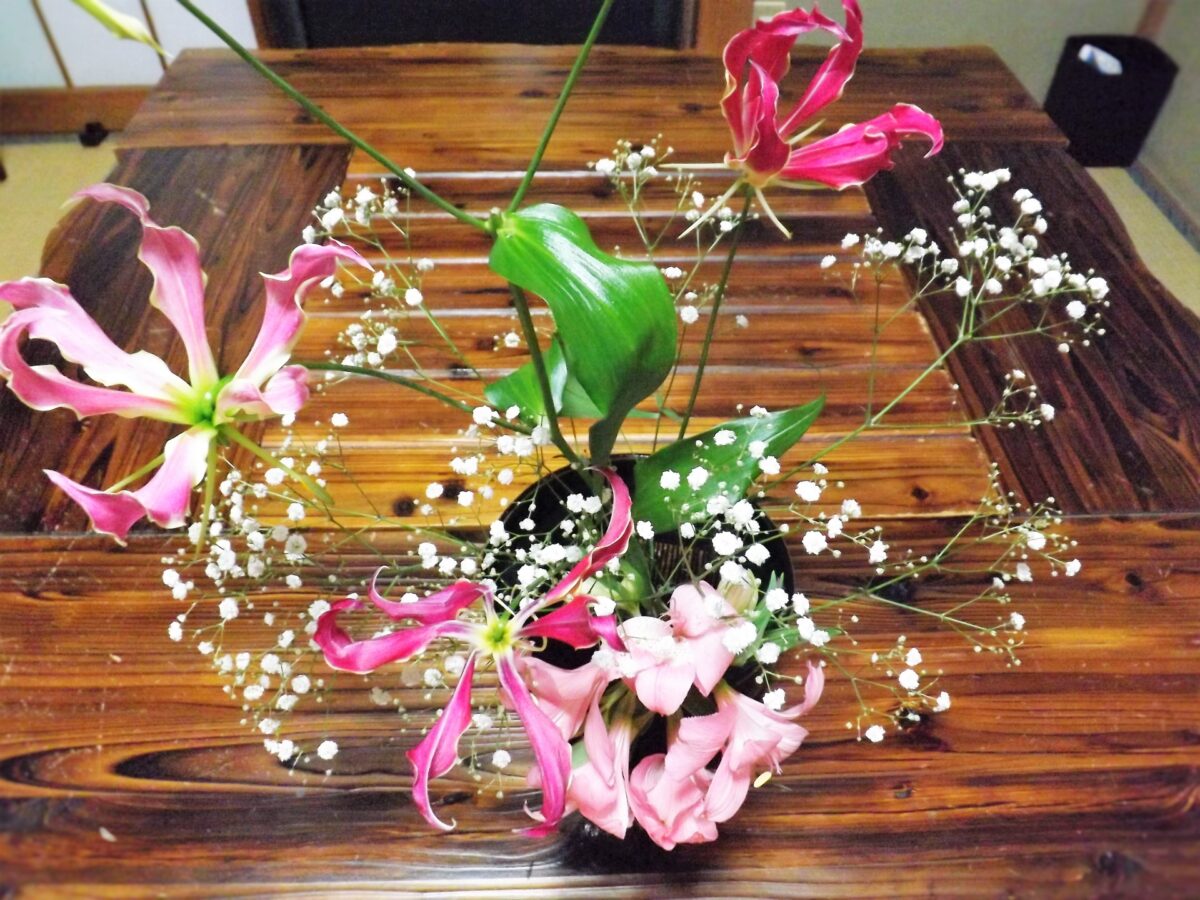
Today, it is said there are more than 300 Ikebana schools in Japan that all teach different styles of arrangements. Ikebana has also been getting more and more popular around the world with the increase in the number of foreign learners who enjoy Ikebana as a hobby as well as a way of meditation. There have also been new styles of Ikebana that incorporate elements from both traditional Ikebana and modern Western style flower arrangements.
It may seem difficult to master Ikebana for beginners, but the basics of Ikebana can be easily learned by anyone, as long as they are interested in this traditional art form. You can join Ikebana schools around you, or find free, helpful materials on the Internet.
Recommended Ikebana experience in Tokyo:
- Tokyo Ikebana Experience (Shinjuku City, Tokyo) \5,128
- IKEBANA experience (Meguro City, Tokyo) \16,500
- Tokyo Ikebana, Japanese Traditional Flower Arrangement Experience (Nakano City, Tokyo) \4,750
Learning Ikebana will enable you to touch, feel and smell the beauty of natural materials, arrange them in your favorite style, keep your mind peaceful, and learn how to cope with stress and anxiety in a busy life!
Learning Ikebana is a great way to understand Japanese culture, admire seasonal nature, and make your mind calm and peaceful by arranging natural materials. You can also enjoy it as a hobby at home, and decorate your rooms with your own Ikebana works. If you are interested in Japanese cultural experiences in the Tokyo area, check out our article Best Local & Cultural Experiences Near Tokyo to find out the best things to add to your travel bucket list!
Japan Wonder Travel Tours
Japan Wonder Travel is a travel agency that offers guided tours throughout Japan.
From private walking tours to delicious Food and Drink tours, we can help you organize the best tours just for you! If you want to explore Japan and learn more about the history and backstories of each area you are visiting, our knowledgeable and friendly English speaking guides will happily take you to the best spots!
In addition, we can provide you with any assistance you may need for your upcoming trip to Japan, so please feel free to contact us if yu have any questions or need some help!
▶Tokyo Tsukiji Fish Market Food and Drink Tour
Explore the most lively and popular fish market in Tokyo and try some of the local’s favorite street foods and sake with one of our friendly and knowledgeable English speaking guides!

▶Tokyo 1–Day Highlights Private Walking Tour (8 Hours)
There’s no better way to explore an area than taking a tour with a knowledgeable local guide. You will have the chance to learn about the history and interesting background stories of Tokyo, as well as discover some hidden gems which can be hard to do without a guide.
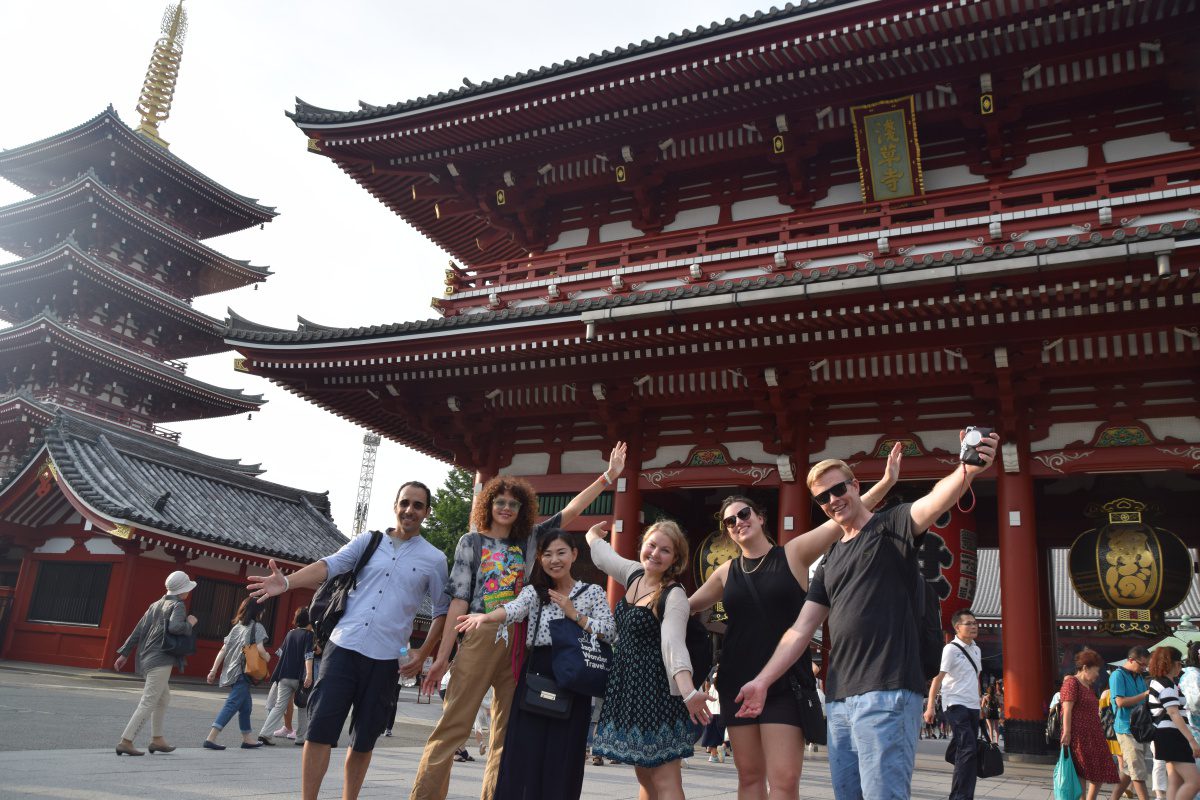
▶Mt. Fuji Day Trip Bus Tour from Tokyo
Experience the breathtaking views of Mt. Fuji by visiting the highlights of the area on our guided sightseeing bus tour! Departing from Shinjuku in central Tokyo, you can travel comfortably to all of the best spots in the area by bus.
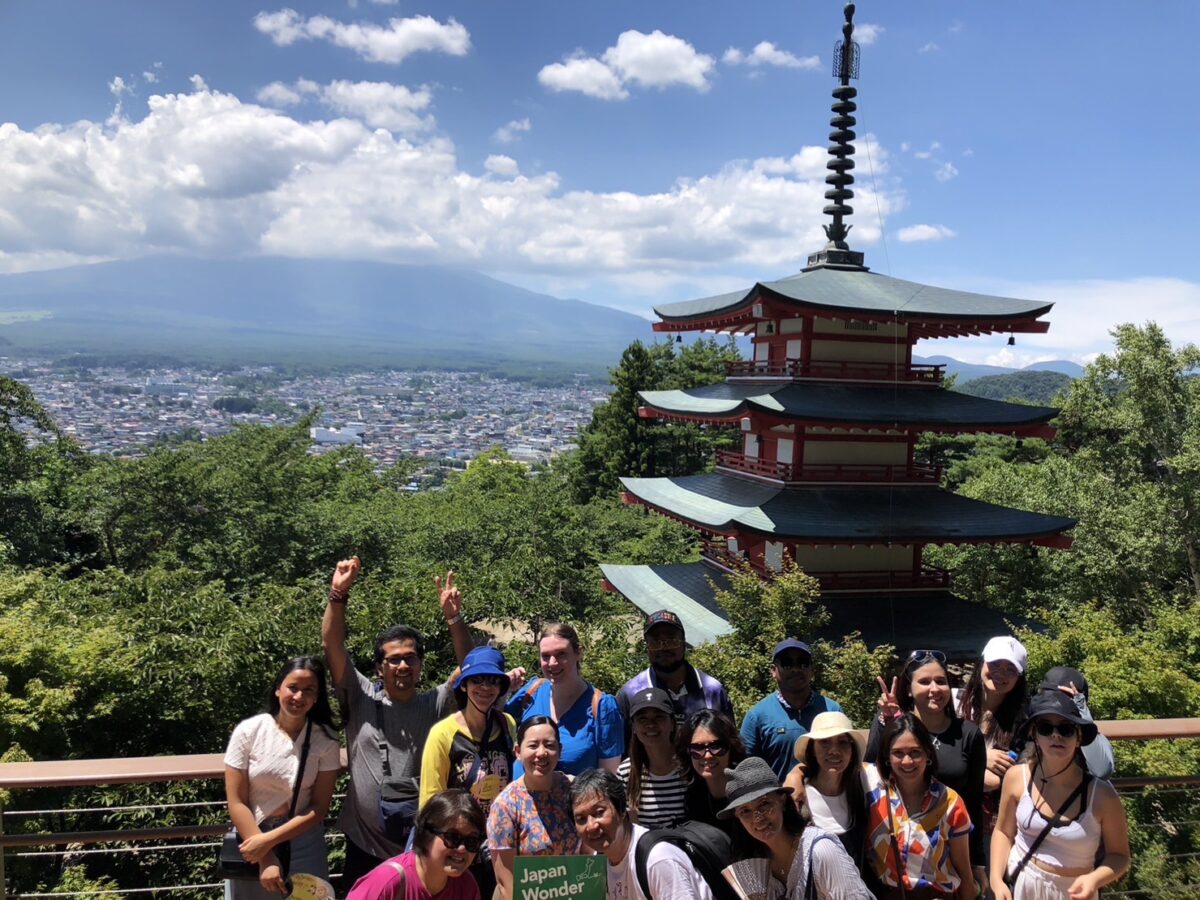
Follow us on Instagram, Facebook, Twitter, and TikTok for more travel inspiration. Or tag us to get featured!
Happy traveling!
